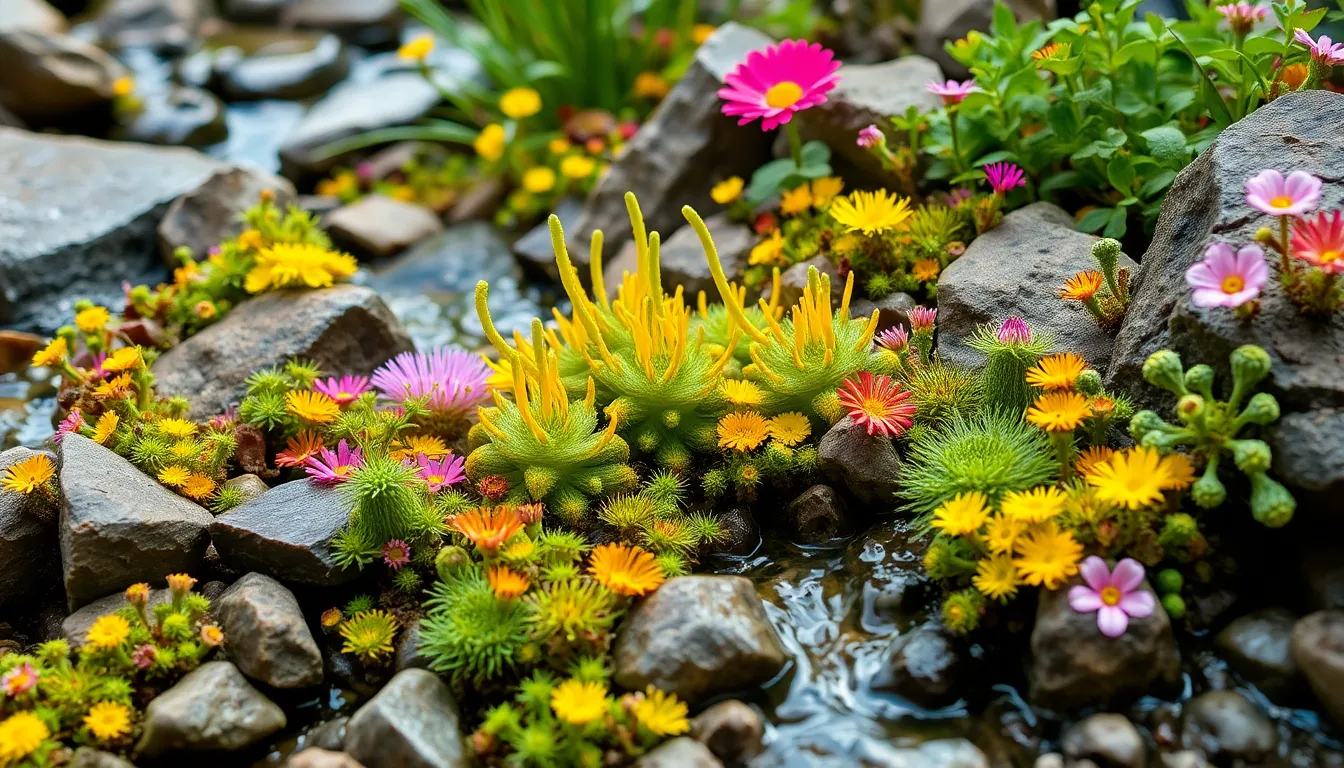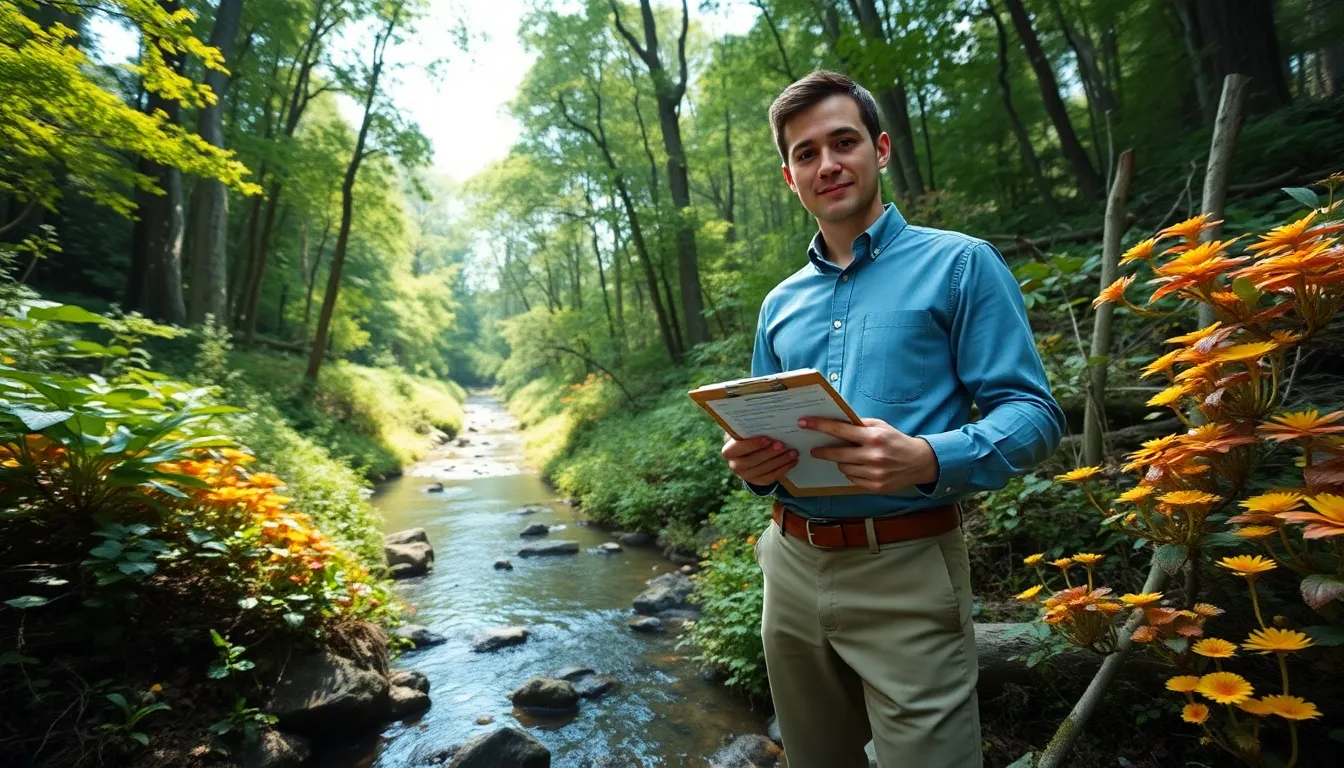Imagine walking through a vibrant forest, your senses flooded by the sights and sounds of nature. Now, imagine learning about a unique group of organisms that play a vital role in this ecosystem while also being a roundabout invitation to appreciate our environment. Enter the world of potosterums, an often overlooked yet incredibly significant component of our ecological tapestry. These fascinating entities are not just residents of the wild: they contribute profoundly to both their habitats and human culture. With a sprinkle of wisdom and a dash of humor, let’s dive deep into the world of potosterums.
Potosterums

Potosterums, though they may sound like a magical creature from a fantasy novel, are actually real and intriguing organisms found in nature. They belong to a unique biological classification that showcases a variety of shapes, sizes, and characteristics. Imagine a colorful landscape filled with small and large potosterums, each playing its role in the grand scheme of things.
These entities can range from the tiniest microorganisms to larger structures, often showcasing an array of vibrant colors and intricate forms. They thrive in diverse environments, adapting to the particular challenges and opportunities presented by their surroundings. When it comes to characterizing potosterums, one can’t overlook their remarkable resilience, which makes them true warriors of the wild.
The Significance of Potosterums in Ecosystems
Potosterums are like the unsung heroes of the ecosystems they inhabit. Acting as both producers and consumers, they play a pivotal role in nutrient cycling and energy flow. Think of them as nature’s janitors, ensuring that everything remains in balance and working efficiently. Without potosterums, ecosystems can become dysfunctional, leading to declining biodiversity and health among other species.
For instance, in aquatic environments, they contribute to oxygen production while also providing food for various wildlife. On land, they can enrich the soil, allowing other flora to flourish. In essence, potosterums elevate the entire ecosystem by maintaining harmony, ensuring that all inhabitants, both big and small, can thrive together.
Characteristics of Potosterums
Diving into the characteristics of potosterums is like peeling an onion, there are layers and layers of complexity. These organisms are known for their diverse adaptations which allow them to survive in various habitats. Their unique features include an array of colors, structures, and reproductive methods.
One standout characteristic is their reproductive flexibility. Some potosterums can reproduce asexually, while others engage in sexual reproduction, leading to an impressive genetic diversity within populations. This adaptability not only aids in survival but also enables them to occupy a range of ecological niches. You could say potosterums are nature’s experts in diversity, embodying the principle of thrive and survive.
Habitat and Distribution
Potosterums boast an impressive range of habitats, showcasing their versatility as species. They thrive in environments from forests to wetlands, and even deserts. Each habitat presents unique challenges, but potosterums are equipped with the skills necessary to adapt and flourish.
In freshwater systems, for instance, potosterums contribute to water clarity and quality, while, in terrestrial habitats, they often serve as crucial ground cover. Their distribution varies globally, often dictated by climate and ecological conditions. From the tropical rainforests of South America to the arctic tundras, potosterums are found in unexpected places, adding to the incredible diversity of life on Earth.
The Role of Potosterums in Human Culture
Potosterums hold a fascinating place in human culture, often intertwining with traditions, medicine, and even cuisine. In some societies, specific potosterums are utilized for their purported health benefits, showcasing the deep connection between nature and human well-being.
Also, potosterums can be found in traditional dishes across various cultures, enriching flavors while also acting as nutritional powerhouses. Beyond food, they are also featured in art and spirituality, evoking a sense of connection to the natural world. This multifaceted relationship highlights that potosterums are not merely ecological players but significant cultural symbols as well.
Conservation Efforts and Challenges
As with many elements of our natural world, potosterums face a variety of challenges threatening their survival. Habitat destruction, pollution, and climate change pose significant risks to these organisms and the ecosystems they support. Conservation efforts are critical in addressing these threats, ensuring that potosterums can continue to thrive in their native environments.
Organizations worldwide are working to raise awareness about the importance of potosterums, advocating for habitat preservation, and exploring sustainable practices. These efforts are not just about saving potosterums, but about safeguarding entire ecosystems and the myriad of life forms that depend on them. As society progresses, integrating potosterum conservation into broader environmental strategies will be essential.
Future of Potosterums in a Changing Environment
Looking ahead, the future of potosterums in an ever-shifting environment is an intriguing conversation. As climate change and human activities impact ecosystems globally, understanding how potosterums will adapt to these changes is crucial. The resilience displayed by these organisms hints at their potential to adjust and survive. But, it will depend on the collective efforts of humans to mitigate destructive practices.
Research into potosterums can unveil new insights into their adaptive strategies, informing conservation initiatives. Engaging communities in fostering respect and awareness towards potosterums and their habitats will also play an essential role in shaping a positive future for these remarkable organisms.

